These days, plugging in a TV or monitor is pretty simple. You're probably just using like a single HDMI or display port cable for video as well as audio. And in case you've got some older gear, you're likely familiar with RCA cables that enable composite or component connections, as well as those blue VGA connectors for the legacy monitors. 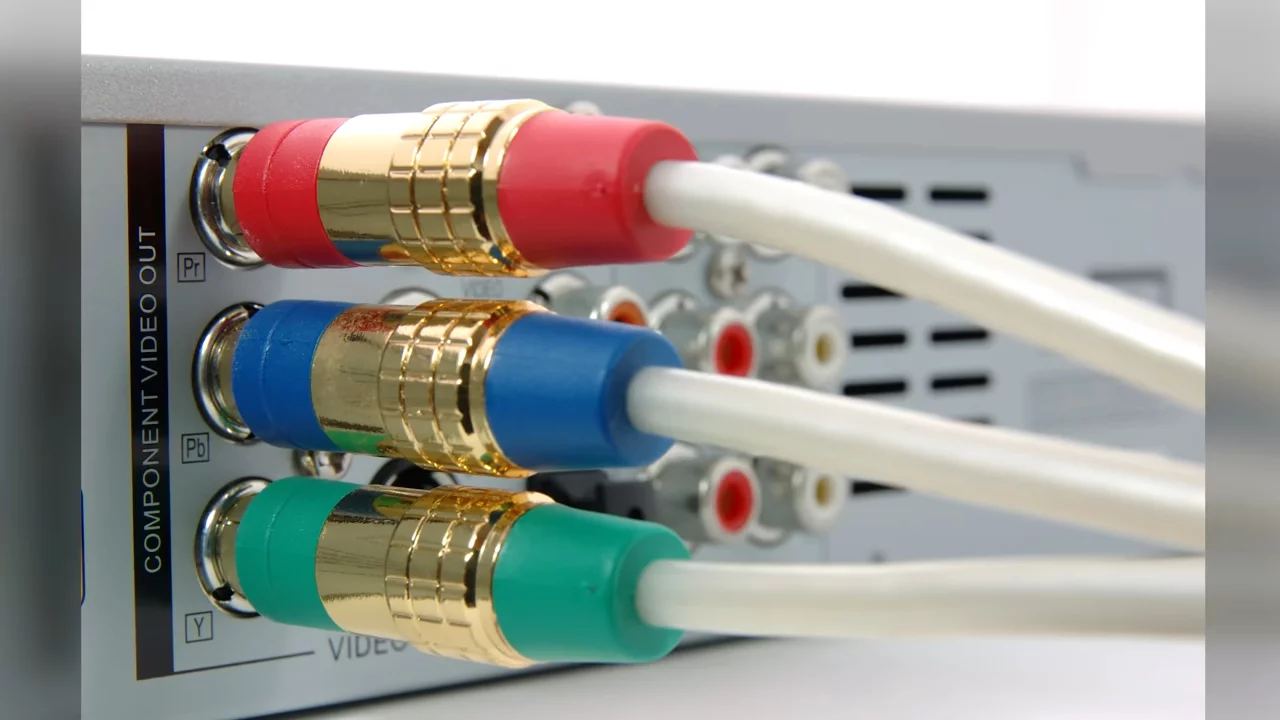
But did you know that there are lots of more obscure connectors out there, some of which are still around?
Let's start about talking about one of the better-known lesser-known video connectors.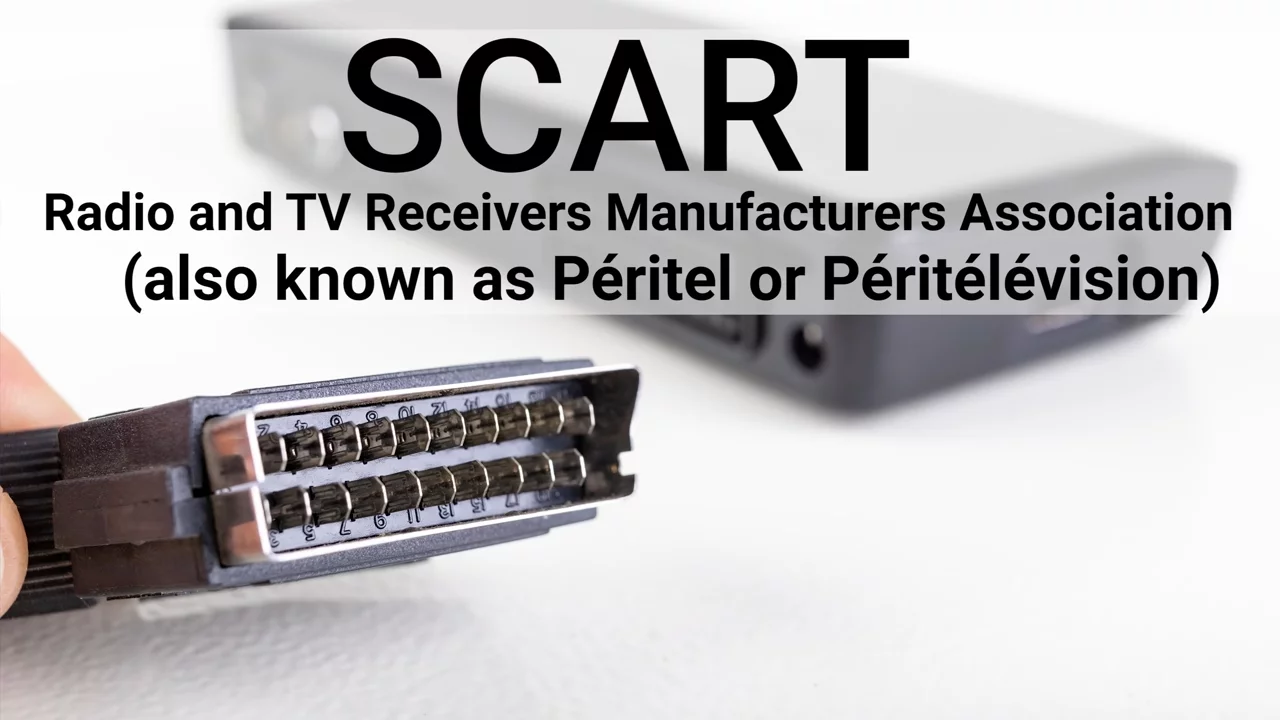 This thing is called SCART, which is a French acronym that translates to Radio and TV Receivers Manufacturers Association, also known as Peritel.
This thing is called SCART, which is a French acronym that translates to Radio and TV Receivers Manufacturers Association, also known as Peritel.
If the name sounds kind of old school, that's because it is. SCART has been around since 1976. it was developed in an attempt to standardize connection types across televisions. And although it originated in France, it ended up spreading across Europe. 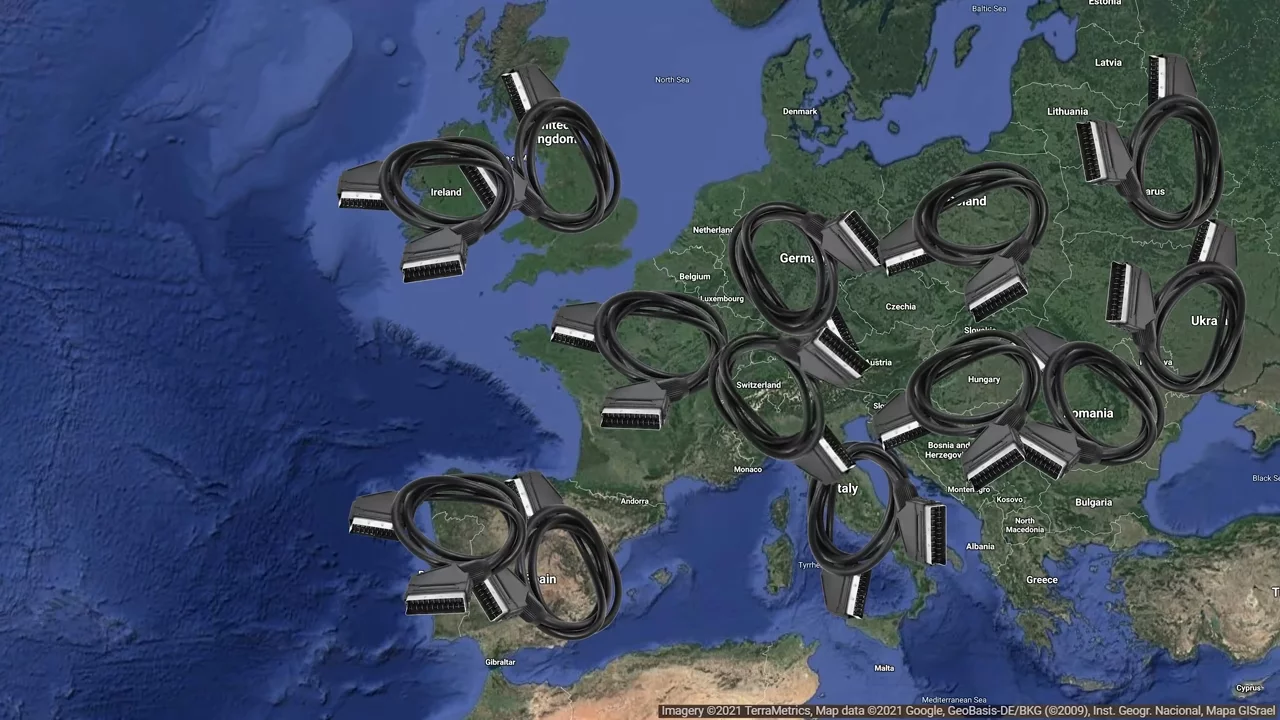 For its time, it was a pretty advanced connector in that it allowed bi-directional communication, unlike the composite RCA connectors so popular in North America. So SCART could actually communicate more directly with a cable provider for features like pay-per-view and subtitles.
For its time, it was a pretty advanced connector in that it allowed bi-directional communication, unlike the composite RCA connectors so popular in North America. So SCART could actually communicate more directly with a cable provider for features like pay-per-view and subtitles.
And although SCART was an analog connection, later revisions could carry high definition signals, kind of like component video over RCA. But because of the rise of HDMI, this configuration didn't see a whole lot of use.
However, SCART remains popular with gamers who enjoy retro titles, as it can actually carry RGB signals on separate channels, resulting in higher picture quality. It's kind of like VGA. Folks in North America have even been known to spend extra money on SCART equipment to get the best possible experience out of their older consoles.
Moving on, let's talk about this funky looking guy. 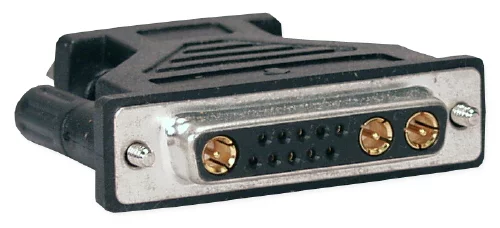 It's called a 13W3 connector, doesn't exactly roll off the tongue. It might remind you of a funnier looking VGA connector, and that's because it kind of is.
It's called a 13W3 connector, doesn't exactly roll off the tongue. It might remind you of a funnier looking VGA connector, and that's because it kind of is.
13W3 was actually one of the predecessors of VGA and was notably used on some Apple monitors that were meant to be paired with early Macs. Those three big circular looking parts carry the actual color signals, red, blue, and green, one color for each contact. 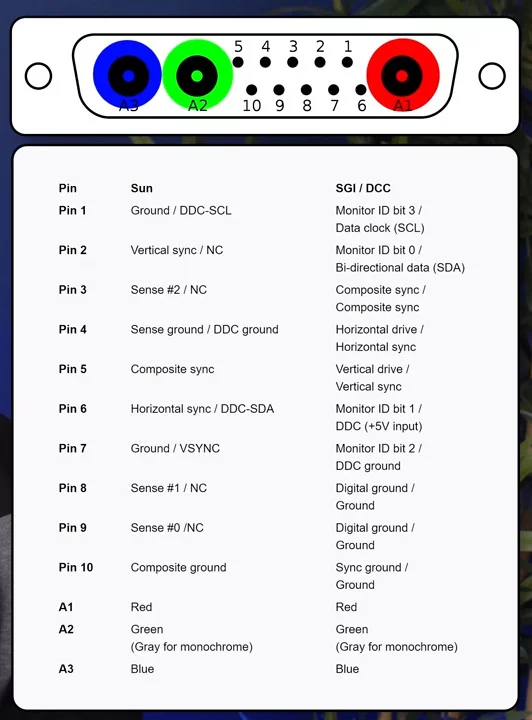 They could also be used for power, but that's aside. The rest of the pins were used for things like grounding and synchronization, similar to more recent VGA connectors. However, 13W3C cables aren't universally interchangeable as that power thing might suggest. You don't wanna send voltage down your RGB lines.
They could also be used for power, but that's aside. The rest of the pins were used for things like grounding and synchronization, similar to more recent VGA connectors. However, 13W3C cables aren't universally interchangeable as that power thing might suggest. You don't wanna send voltage down your RGB lines.
And back then when they were popular, monitors didn't all sync the same way either. So some cables actually came with physical dip switches that you had to fiddle with in order to get your picture looking right. 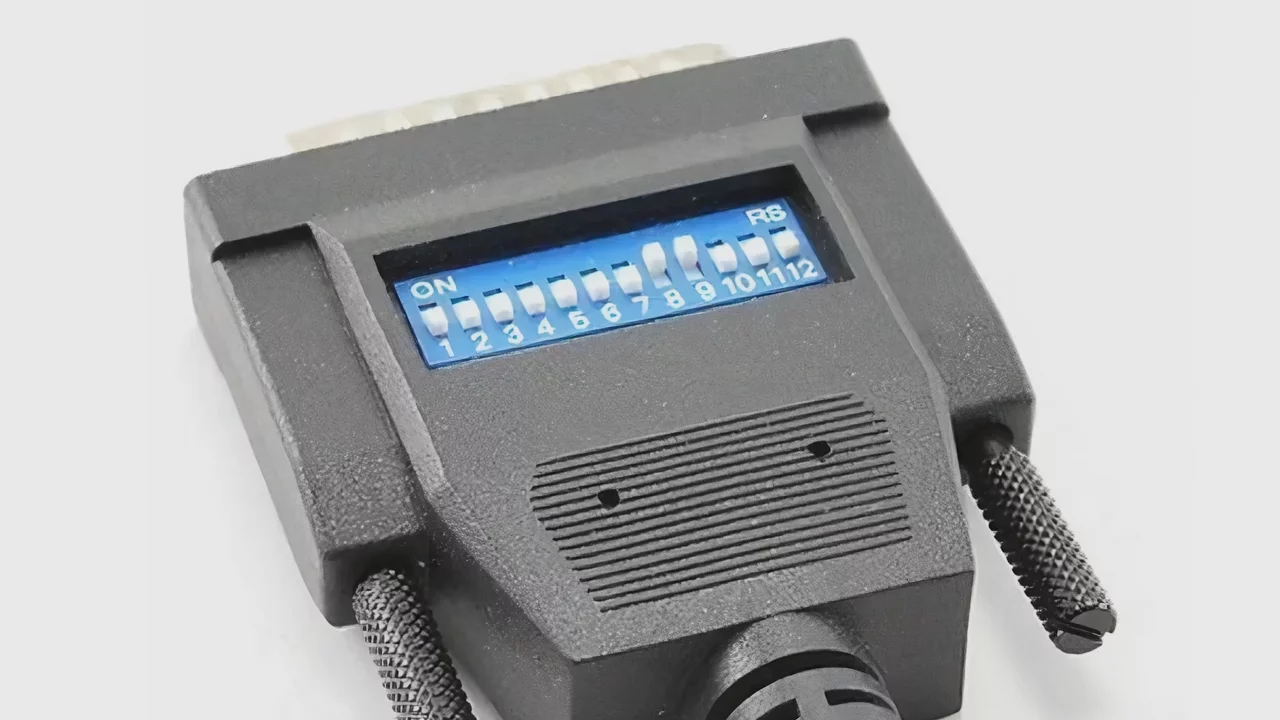 So it's not too surprising that simpler connections like VGA quickly overtook 13W3 in popularity, forcing it into obsolescence.
So it's not too surprising that simpler connections like VGA quickly overtook 13W3 in popularity, forcing it into obsolescence.
For our third act, let's talk about something a little more contemporary, HDBaseT. 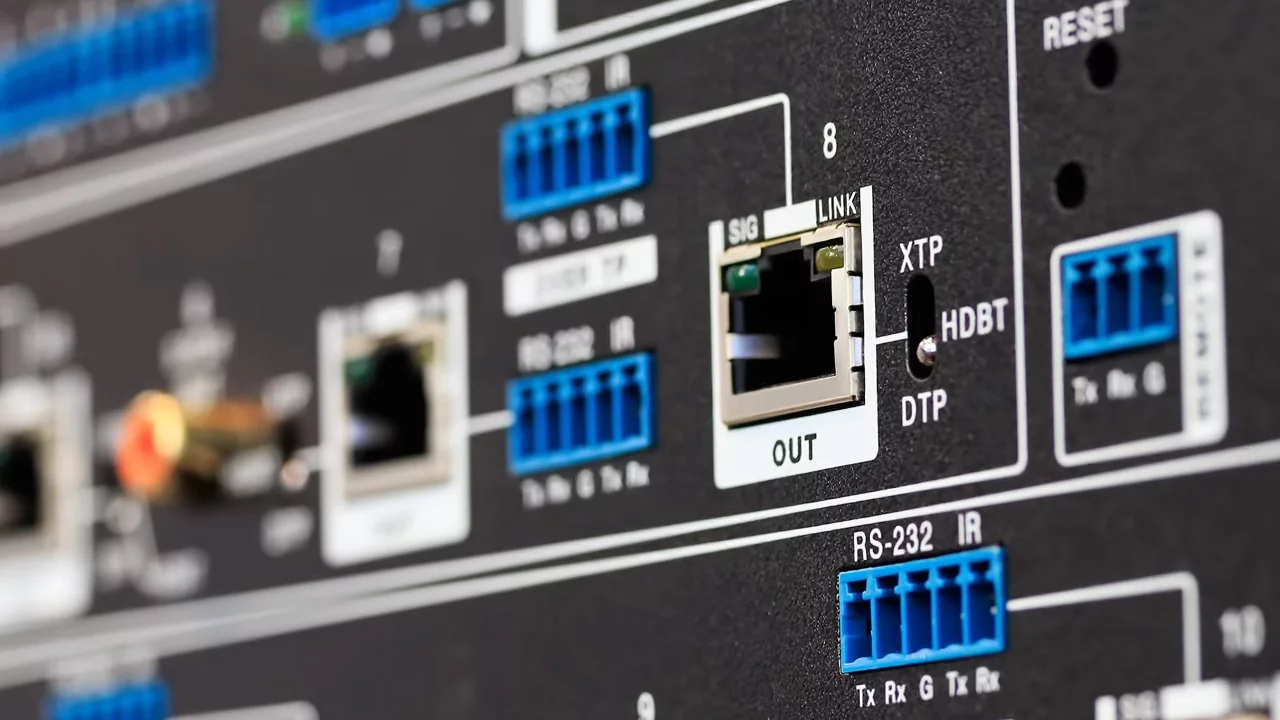 But wait a second, that looks like an Ethernet connector. It turns out that HDBaseT does indeed use the same connector as Ethernet. I mean, the T stands for twisted pair, the kind of cable used for a standard Ethernet and it actually does carry an Ethernet signal, along with 4K video, 5.1 audio, USB signals, and even up to a hundred Watts of power. Basically it's a do-everything kind of connection, and it works over one of the cheapest cables out there.
But wait a second, that looks like an Ethernet connector. It turns out that HDBaseT does indeed use the same connector as Ethernet. I mean, the T stands for twisted pair, the kind of cable used for a standard Ethernet and it actually does carry an Ethernet signal, along with 4K video, 5.1 audio, USB signals, and even up to a hundred Watts of power. Basically it's a do-everything kind of connection, and it works over one of the cheapest cables out there.
So why hasn't most of the public heard of it and why are we not using it for basically all of our electronic needs? The big issue, unsurprisingly, is cost. HDBaseT isn't meant to completely replace HDMI or any other standard really. Instead, it's meant for places that need to transmit signals over long distances without a mess of expensive cables, as Ethernet cables are a lot cheaper per foot than HDMI. But the problem is that HDBaseT compatible equipment, such as converters and receivers, are quite expensive, thanks to a more costly bill of materials. And as such, it's mostly a solution for large organizations that have deploy AV gadgets over distance.
Did we miss any of your favorite connectors? Let us know down in the comments.
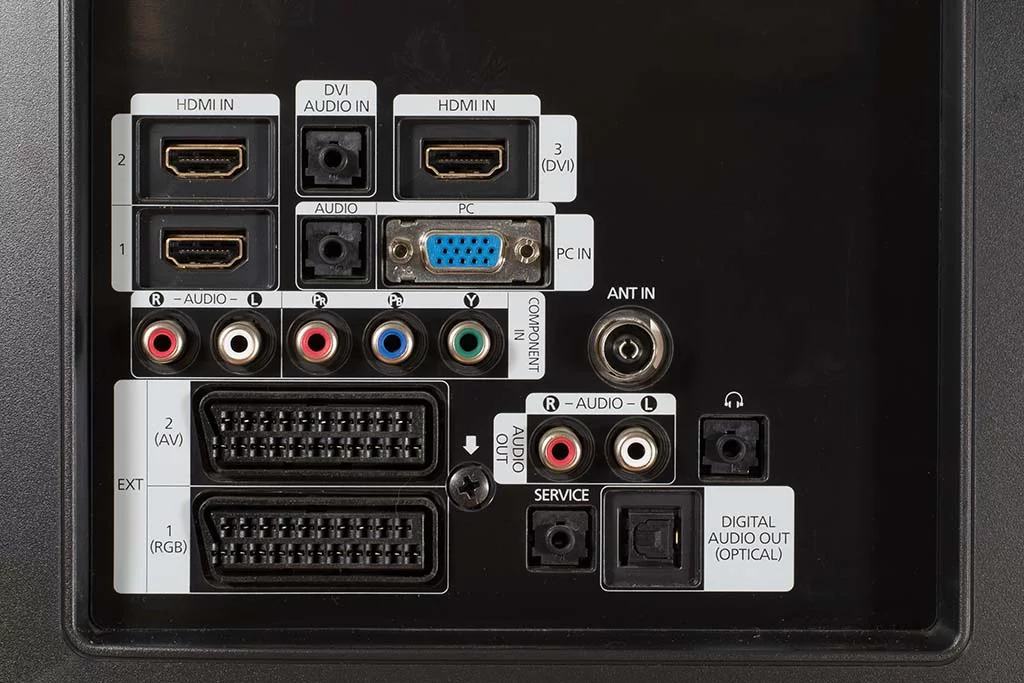

No comments yet